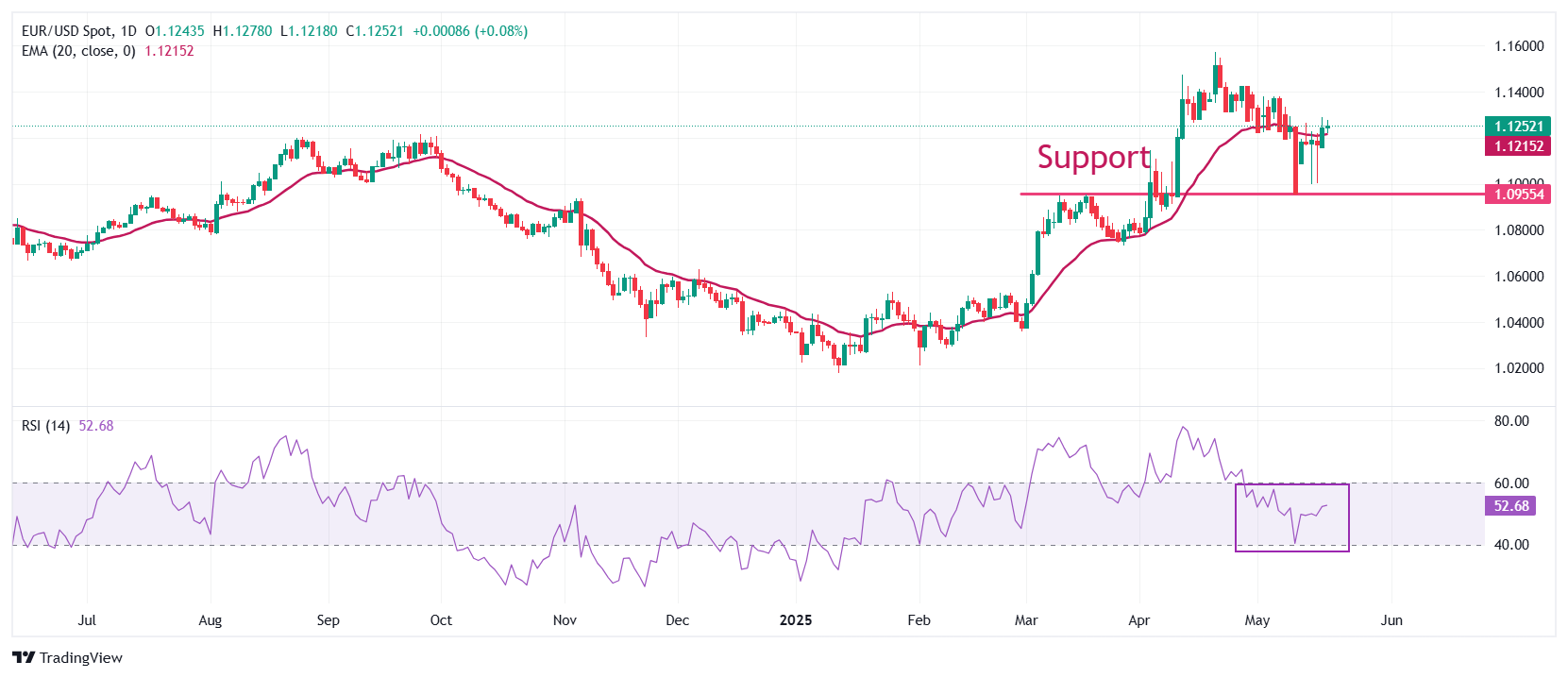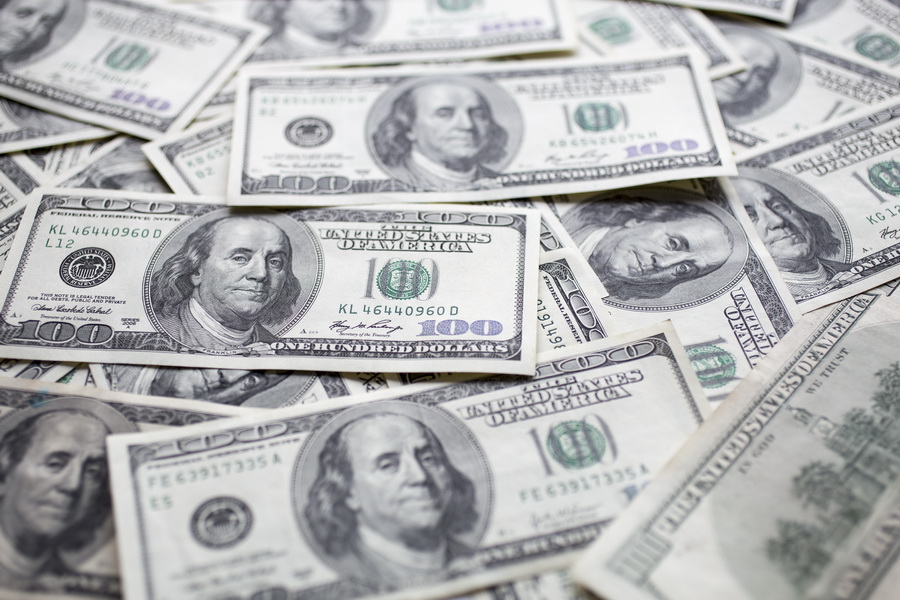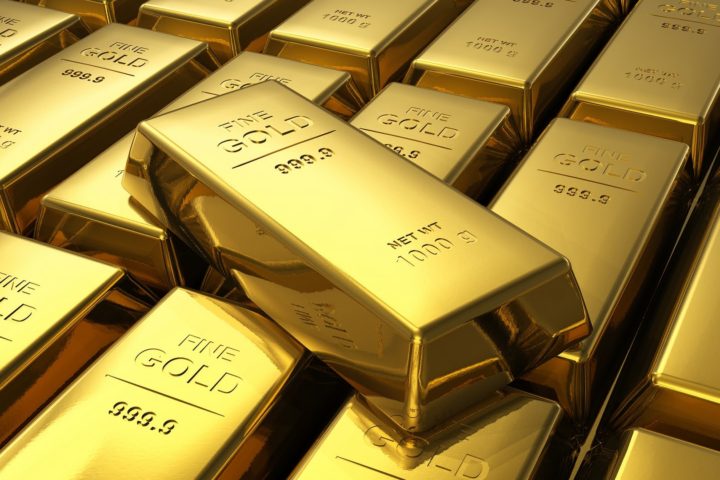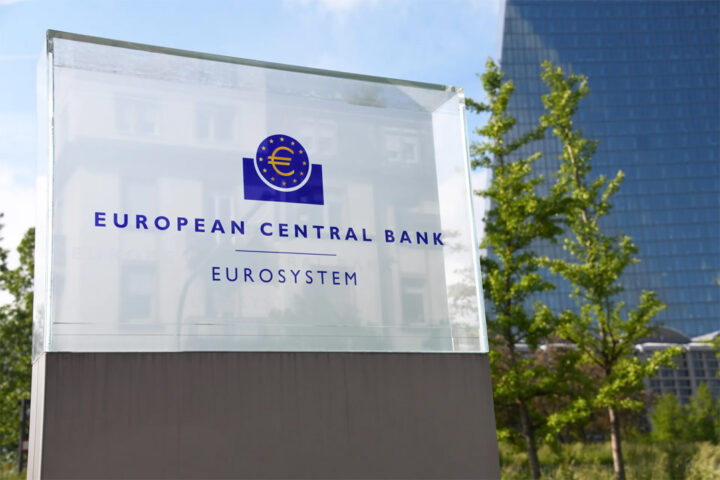The euro-dollar currency pair gained further to near 1.1250 in Tuesday’s European session, following the previous day’s upside move.
The EURUSD pair remains on the front foot as the US Sovereign Credit downgrade by Moody’s continues to batter the dollar, with the DXY Dollar Index extending its downside to near 100.00.
On Friday, Moody’s downgraded the US credit rating by one notch to Aa1 from Aaa. This move shifted the focus of financial market participants to the growing $36 trln US government debt pile and fiscal imbalances, which would lead to a long-term increase in the cost of capital for the US administration.
Investors are worried that the US debt issues are expected to widen further, with President Donald Trump’s “big beautiful bill” likely adding $3-5 trln to the already giant debt stress.
This has renewed concerns over the dollar’s credibility, which has already been battered by “ever-changing” headlines on the tariff policy by Washington.
Meanwhile, fresh concerns over de-escalation in the US-China trade war have also weighed on the greenback.
Earlier in the day, China accused the US of discouraging the use of Huawei-made artificial intelligence (AI) chips and Chinese AI models, highlighting them as a threat to US export control.
According to a Chinese Commerce Ministry spokesperson, the US Commerce Department’s advice is “discriminatory” and “market distorting,” prompting Beijing to “demand” that the administration “correct its mistakes.”
Beijing warned that comments from Washington pointing to Chinese-made chips as a threat undermine the trade agreement, which took place in Geneva last weekend.
Further upside in the EURUSD is also driven by some euro strength.
The major currency pair continues to attract bids even though the EU’s executive arm has warned of risks to inflation undershooting the European Central Bank’s target of 2%.
The spring forecast report released by the Commission on Monday showed that consumer inflation will return to the 2% target by the middle of the year, averaging around 1.7% in 2026.
According to the report, lower energy costs, the rerouting of Chinese goods, and a stronger euro will be responsible for downside risks to inflation.
A slew of ECB officials have also warned of risks to inflation skewing to the downside and have argued in favour of more interest rate cuts.
ECB governing council member Isabel Schnabel, who has usually been a hawk, has also expressed confidence that “disinflation is on track” in her comments during European trading hours. However, Schnabel still believes that tariffs by the US will pose “upside risks to inflation in the medium term”.

EURUSD chart by TradingView
(Source: OANDA)







